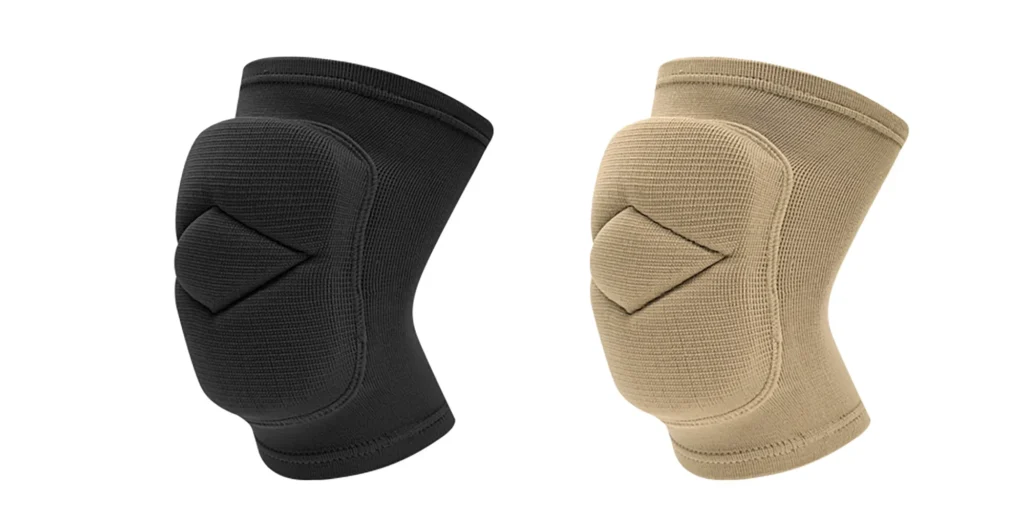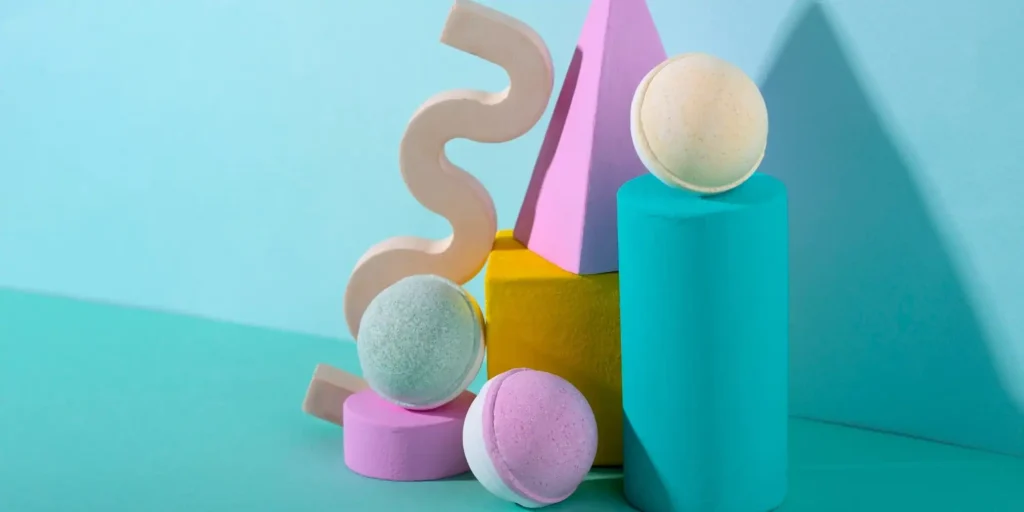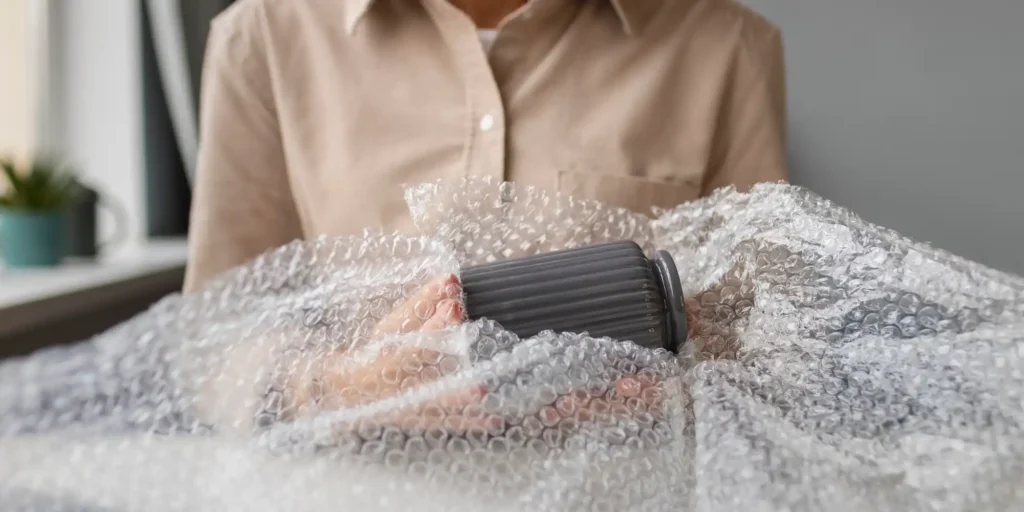Abstract
EVA Foam (Ethylene-Vinyl Acetate Copolymer Foam) is a high-performance polymeric material widely utilized in the manufacturing of sports protective gear due to its lightweight nature, superior cushioning, durability, and malleability. This article provides an in-depth analysis of the core advantages of EVA Foam in the realm of sports protection, covering material properties, application scenarios, and market trends, while addressing frequently asked questions to offer practical insights for both consumers and industry professionals.
1. Lightweight and Comfort
With a low density (typically 0.03–0.3 g/cm³), EVA Foam weighs merely one-fifth of traditional rubber, ensuring minimal burden during wear. Its closed-cell structure delivers uniform cushioning, effectively mitigating joint and muscle impact during physical activity, making it ideal for prolonged use.
2. Exceptional Shock Absorption and Protection
- Energy Dissipation: The flexible molecular chains of EVA distribute impact forces evenly across the material’s surface, reducing localized pressure.
- Resilience: Rapid rebound after compression prevents deformation, ensuring reliable performance in high-impact sports (e.g., running, skiing).
- Tear Resistance: A highly cross-linked structure enhances wear resistance, extending product longevity.
3. Customizable Design
Through molding and thermoforming techniques, EVA Foam can be precisely tailored to conform to various body parts (e.g., knees, elbows, wrists), offering personalized protection. Additional features such as breathable fabric overlays or antimicrobial layers further enhance comfort and hygiene.
4. Sustainability and Cost Efficiency
Non-toxic and odorless, EVA complies with EU ROHS standards. Production waste is recyclable, minimizing environmental impact. Compared to carbon fiber or gel-based alternatives, EVA protective gear is more cost-effective, appealing to the mass consumer market.
Applications and Market Trends
- Mainstream Protective Gear: Running knee braces, basketball ankle supports, cycling gloves, martial arts padding.
- Emerging Sectors: Children’s sports equipment, anti-slip gear for seniors, rehabilitation braces.
- Trends: Rising health awareness is driving demand for smart EVA gear integrated with sensors (e.g., pressure monitoring). The global market is projected to exceed $5 billion by 2025 (Source: Grand View Research).
FAQ: Common Questions About EVA Foam Sports Protective Gear
Q1: How does EVA Foam compare to other materials (e.g., silicone, memory foam)?
- Lightweight: 70% lighter than silicone, ideal for high-intensity activities.
- Water Resistance: Closed-cell structure resists moisture, preventing bacterial growth.
- Cost-Effectiveness: More affordable than silicone and longer-lasting than memory foam.
Q2: How should EVA protective gear be cleaned and maintained?
- Wipe surfaces with a damp cloth; avoid soaking or machine washing.
- Store away from high temperatures (>80°C) and sharp objects to prevent deformation or damage.
Q3: Is EVA material environmentally friendly?
- Yes. EVA can be recycled into pellets, and bio-based EVA (with plant-derived components) now offers 30% improved biodegradability.
Q4: What intensity of sports is it suitable for?
- Low-Intensity: Yoga, walking (opt for low-density EVA).
- High-Intensity: Basketball, skiing (recommended: high-density, multi-layer composite structures).
Q5: What is the typical lifespan of EVA protective gear?
- Approximately 1–2 years with regular use. Replace if noticeable indentations or reduced elasticity occur.
Q6: How breathable is EVA protective gear?
- Standard EVA has limited breathability, but perforations or mesh fabric integration can significantly improve ventilation.
WELLE Trade has over 20 years of experience in the production and processing of PE/EVA/TPE foams, so you may want to consult with them if you have any sourcing needs.




